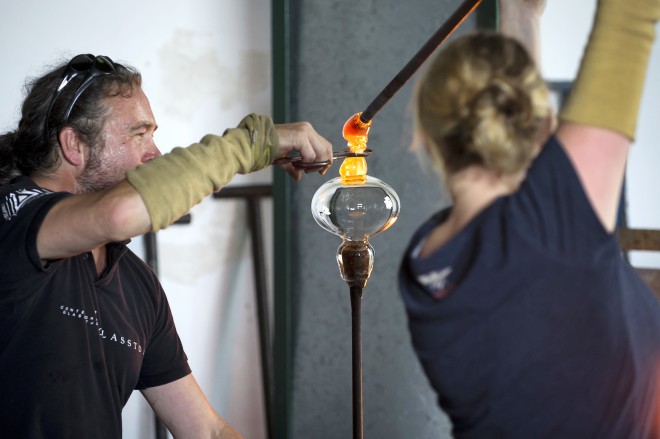Earlier this month, National Museums Scotland received a donation representing the work of established British glassmaker James Maskrey.
The piece entitled The Last of the Silver Darlings is from the artist’s latest series of work and is inspired directly by the dramatic landscape found along the North-East Scottish coastline and the decline of the fishing trades in the area.
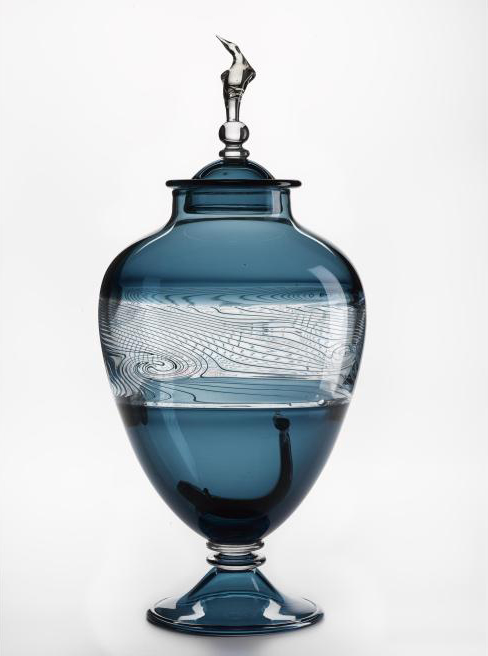
James Maskrey is an artist and a storyteller. His subjects range from the heroic exploits of British explorers, to untold and forgotten events in British history and memorials of the country’s industrial past.
Maskrey’s skill not only as storyteller but as a master glassblower is evident in the way he manipulates his medium to visualise these tales.
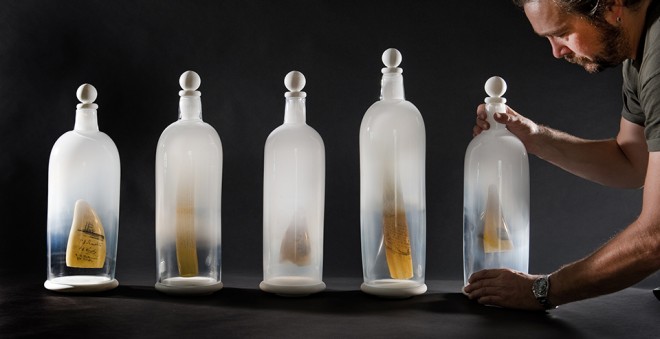
The Last of the Silver Darlings was inspired by Maskrey’s visits to North Lands Creative Glass, Caithness on the North East Coast of Scotland. Maskrey has been a visiting student, gaffer and teacher there for the last 10 years. And featured in his solo exhibition James Maskrey: Histories at The Scottish Gallery, Edinburgh in October 2015.
Along this coastline a hive of abandoned fishing stations and sleepy harbours can be found that mark a once booming industry. In the later 19th and early 20th century the Scottish fishing industry dominated Europe’s herring trade. It not only accounted for a third of the British catch, but it was also to become the biggest fishery in the world.
Men, women and children were all involved in the success of the trade. They included gangs of ‘herring girls,’ with lightning-fast fingers, who gutted the fish and salted them in barrels.
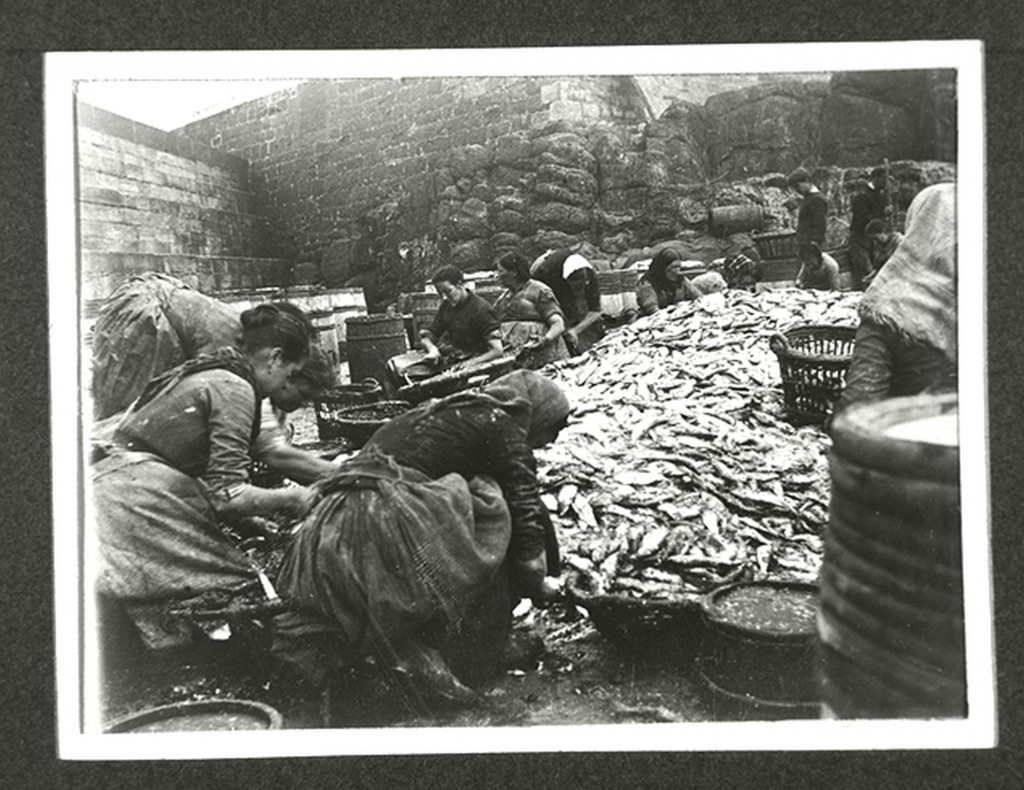
Unfortunately this boom would not last. Following the advent of industrialisation to the fishing fleets, the loss of the main markets through economic and political unrest, combined with depleted fishing stocks through a mixture of over-fishing and a change in sea currents, effectively sounded the end of the Scottish herring trade.
Maskrey sensitively embodies this history within the piece The Last of the Silver Darlings, inspired during his many visits to North Lands and conceived when Maskrey was a gaffer at the 2014 summer masterclass there.
Maskrey uses traditional Venetian techniques of filigrana, retticello and incalmo to give a rhythm and vibrancy to this classical urn. The cane work creates lines and undulations that mimic the coastline, whilst a hot sculpted Cormorant stands guard over the last herring nestled within.
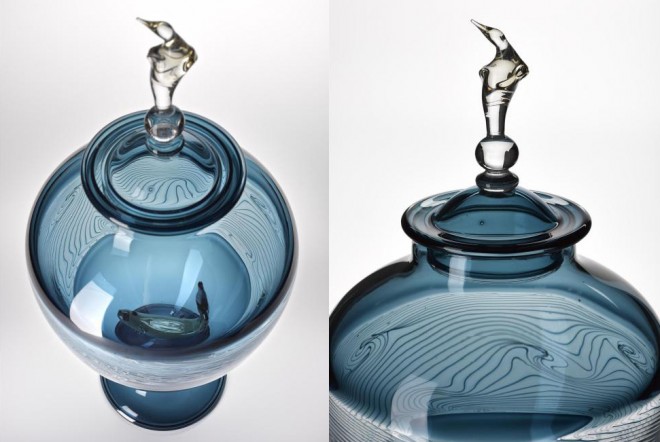
North Lands Creative Glass is based in the former herring fishing port of Lybster and is one of the world’s most prestigious centres for the study and development of glass as an art form, providing excellent facilities, opportunities and inspiration to artists working with glass from all over the world.
